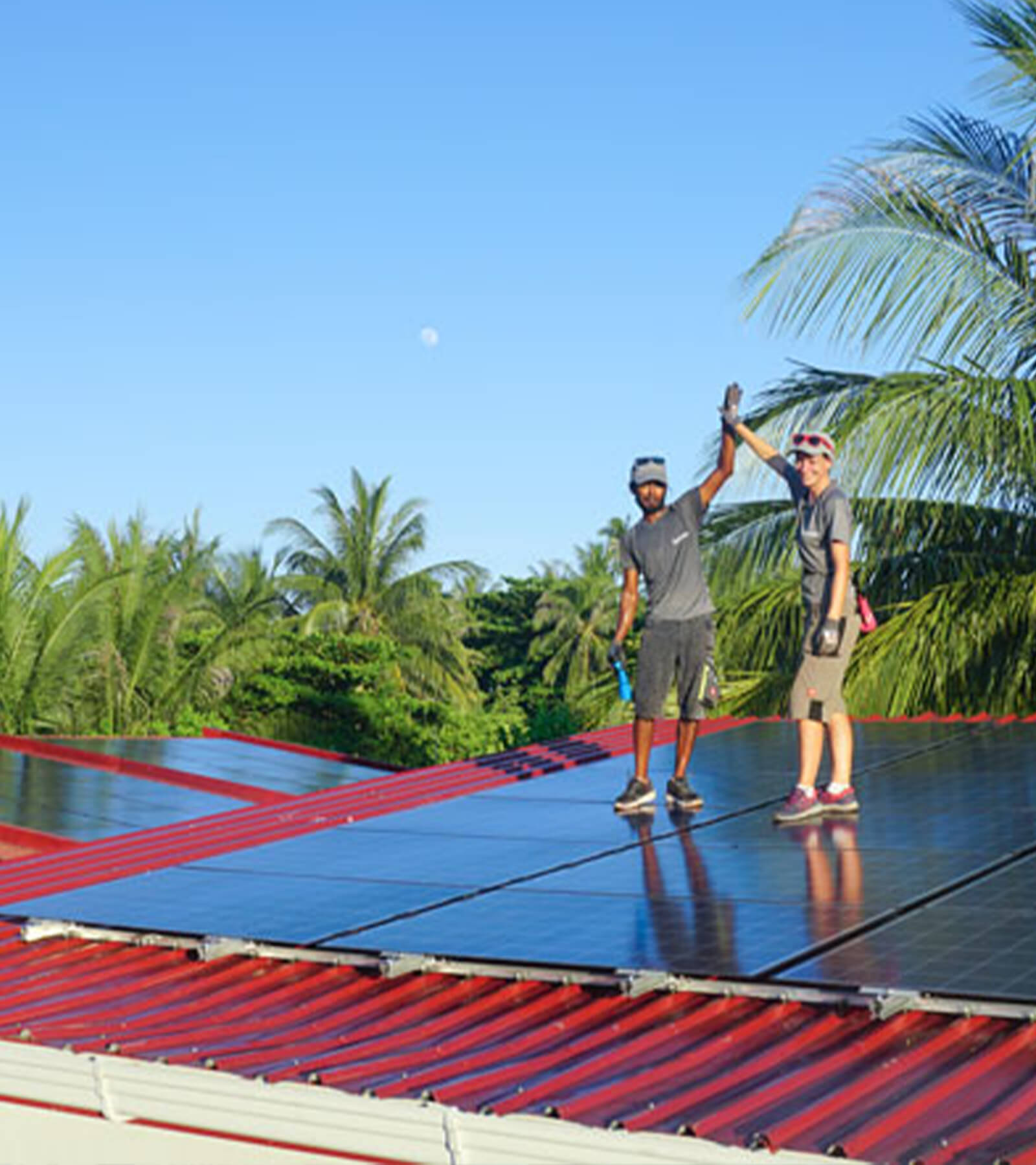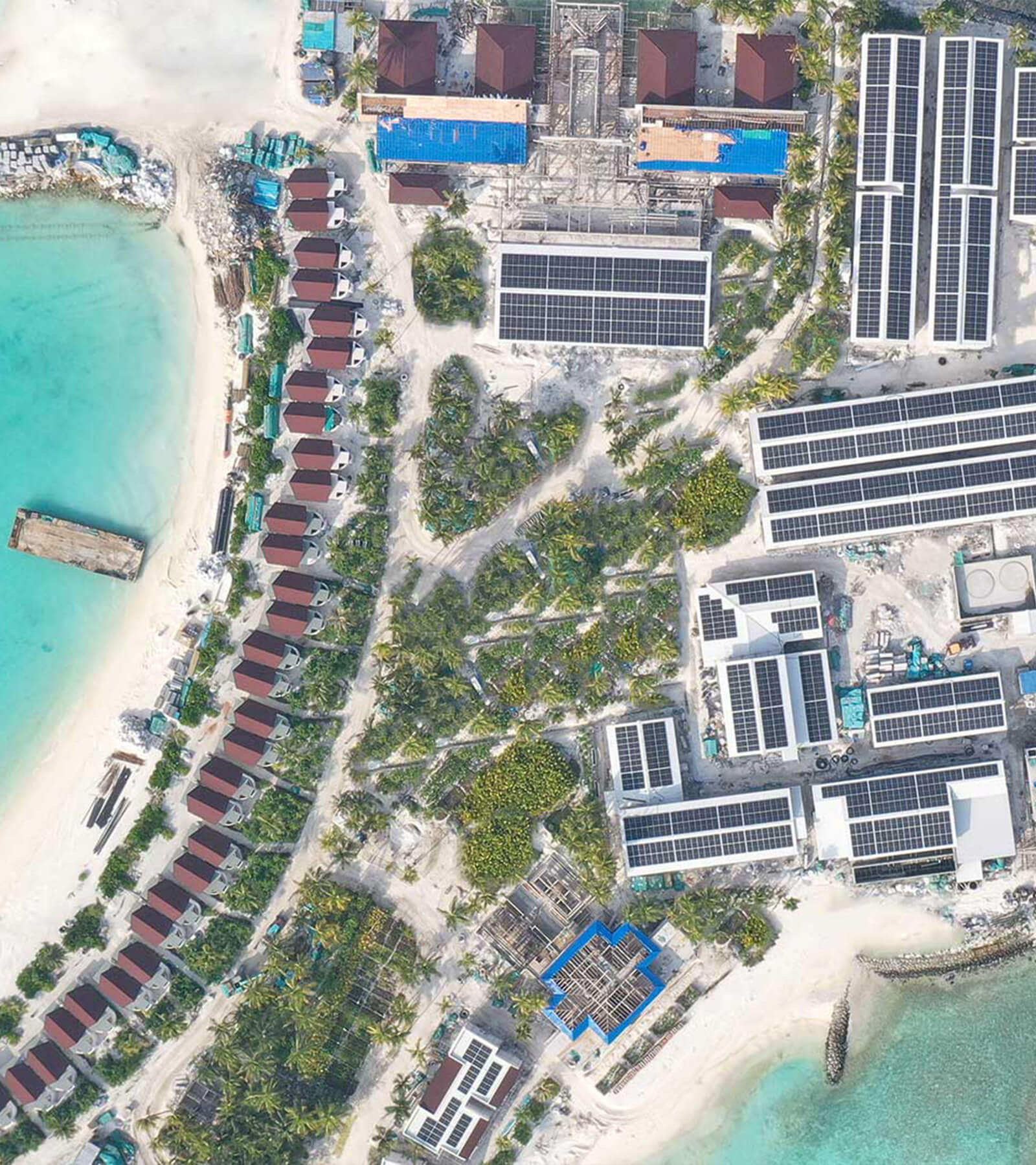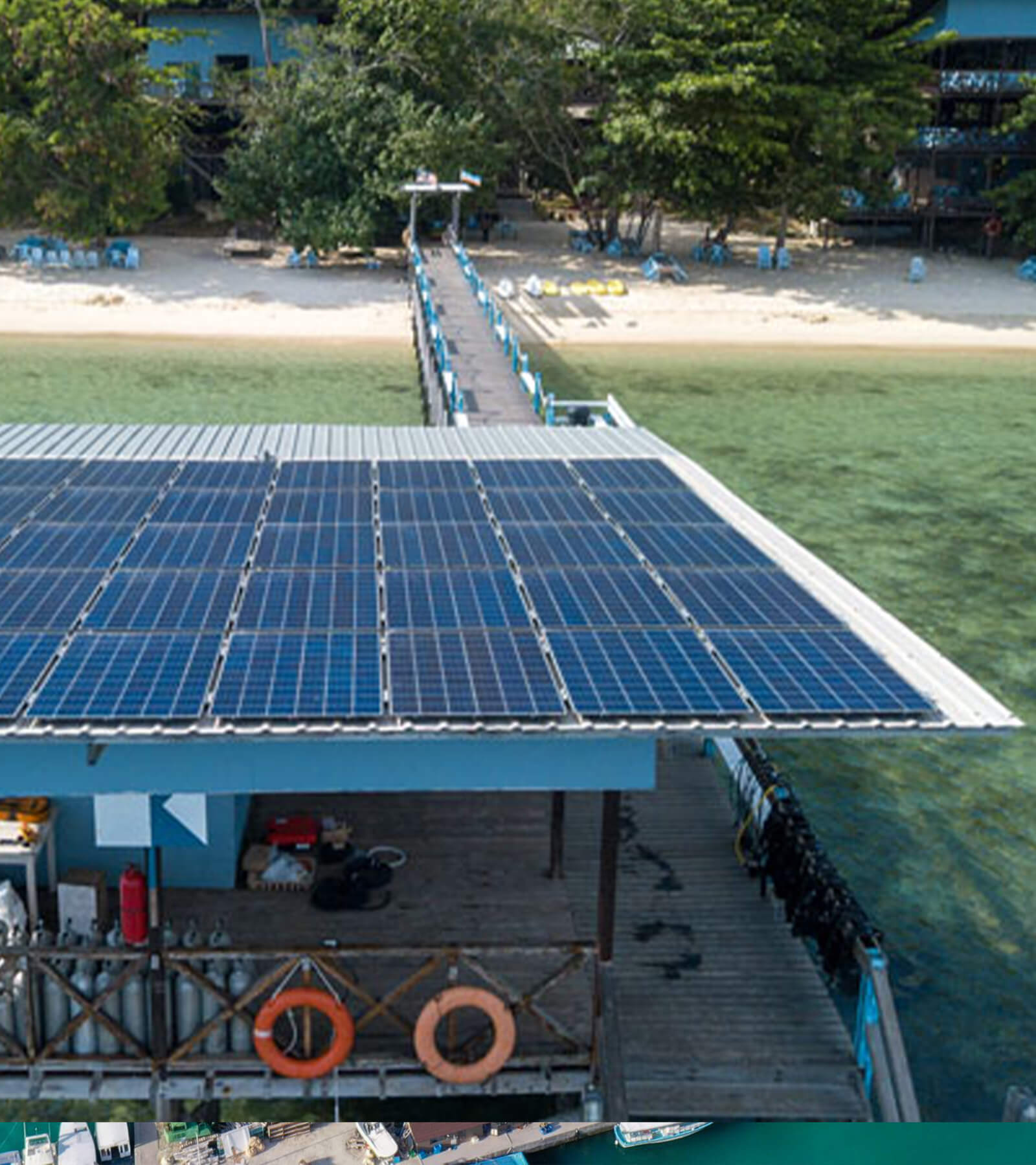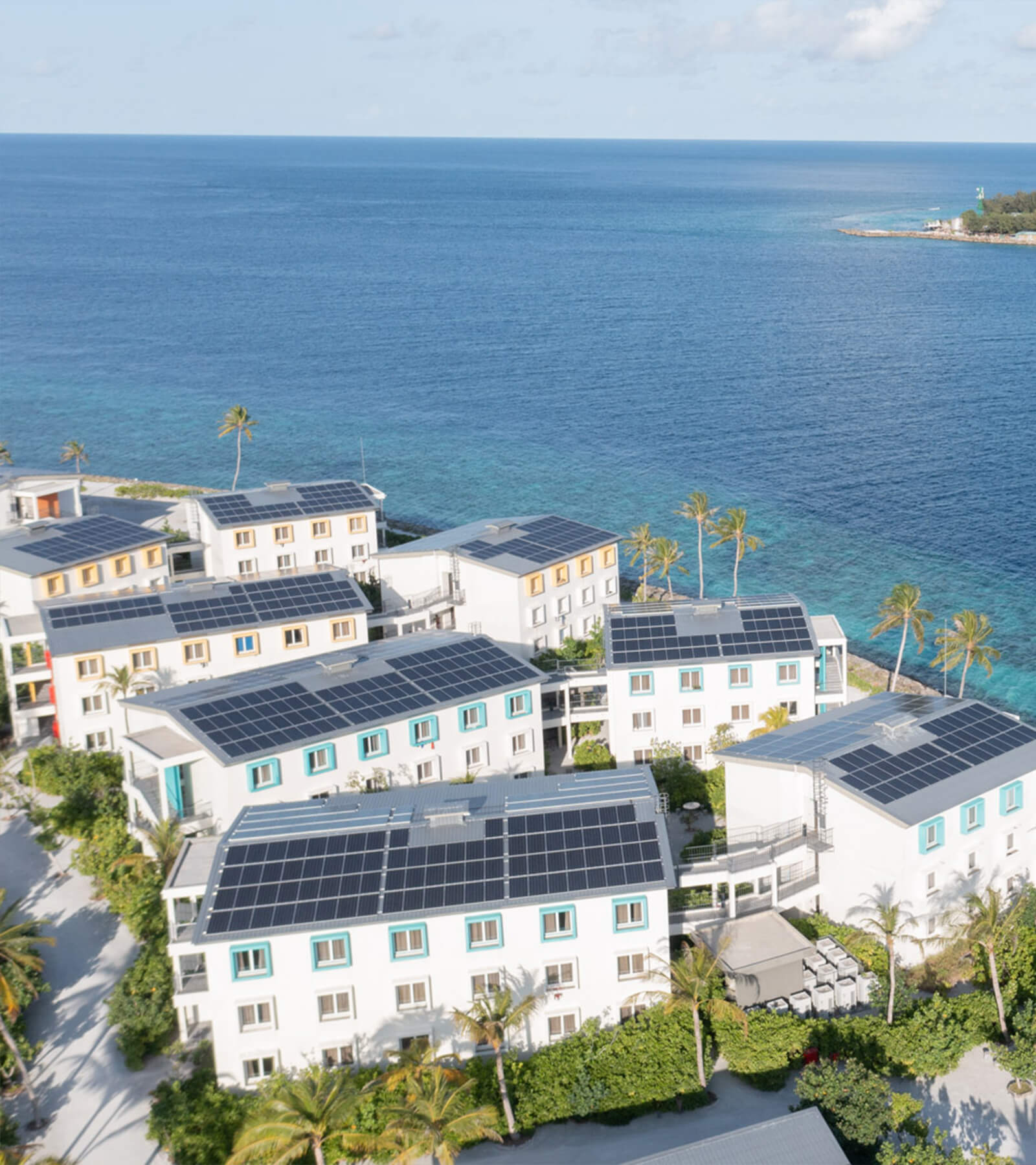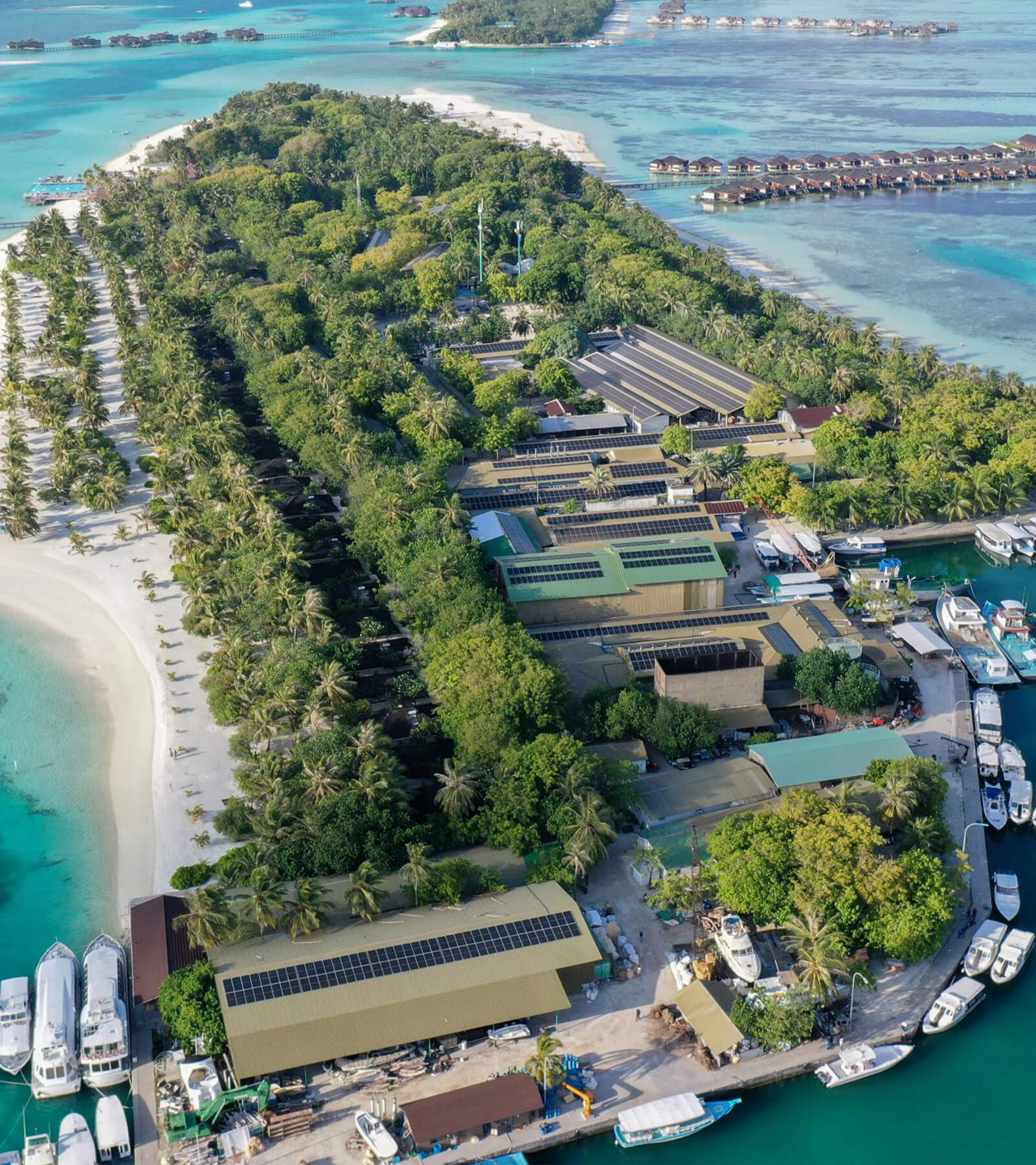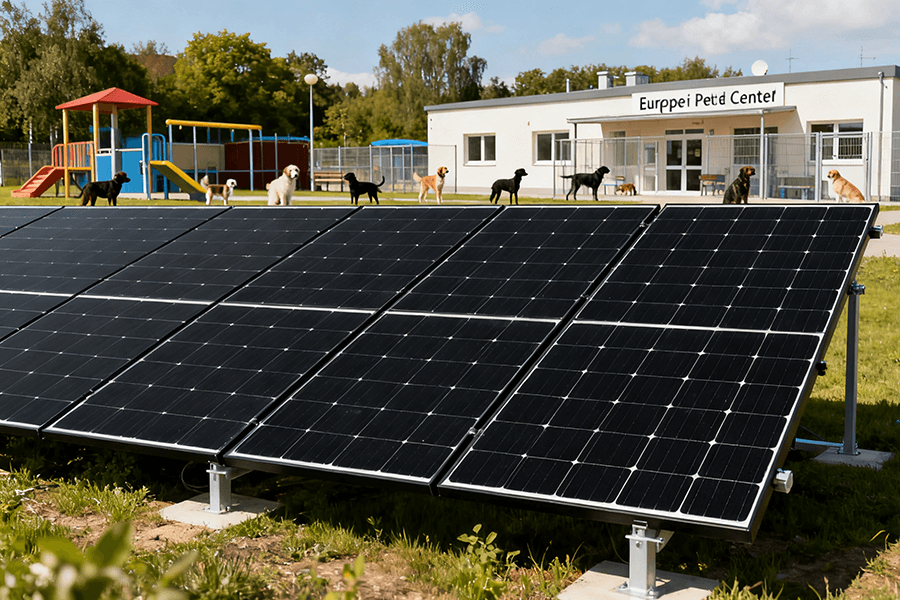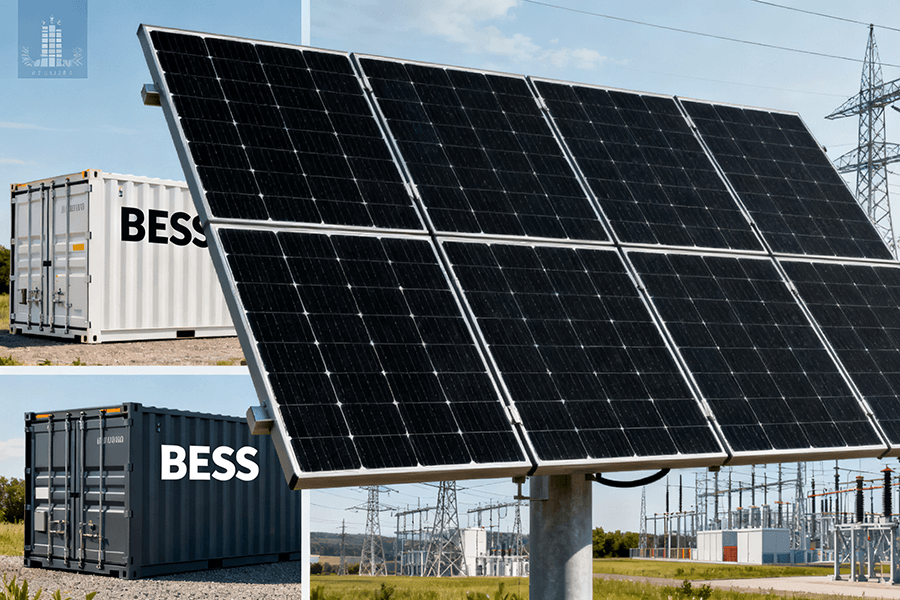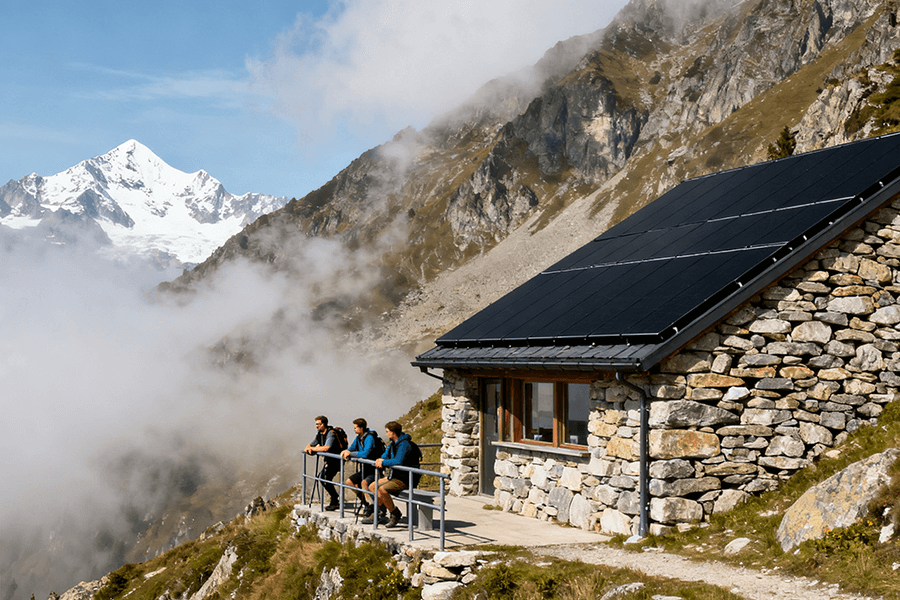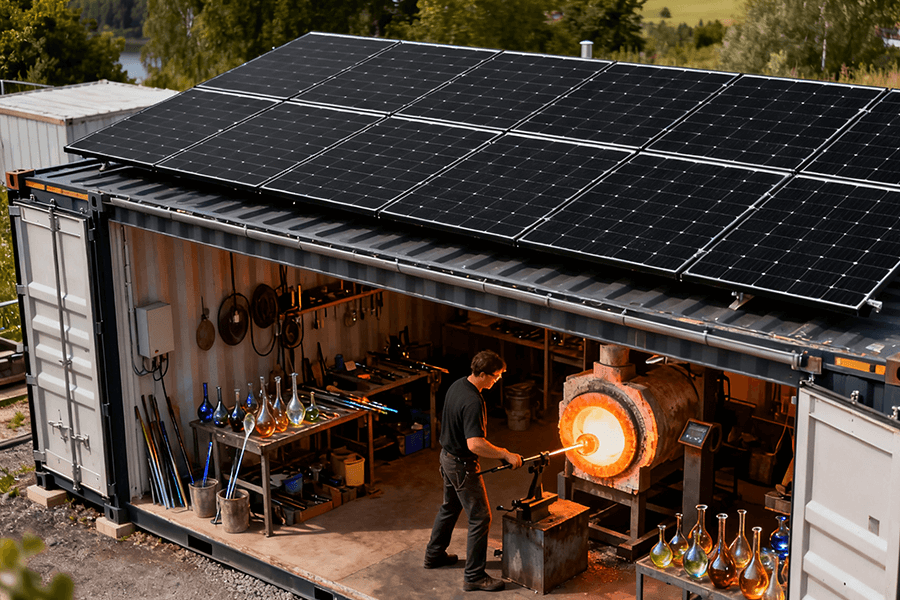Let’s be real: Traditional seawater reverse osmosis (SWRO) plants guzzle grid power like marathon runners chugging energy drinks – expensive and prone to “hitting the wall” during droughts or blackouts. But what if your desal plant could sip sunshine by day and tap into stored solar/wind juice by night? Enter BESS Container Desalination: the brainy solution turning coastal water woes into wins. These plug-and-play energy containers buffer renewable power, enabling 24/7 freshwater production while kicking fossil fuels to the curb. No more grid anxiety when droughts knock – these systems are drought-resilient heroes (backed by 2025 IRENA cost data and real projects from Australia to the Mediterranean). We’ll unpack how solar-charged BESS containers slash operational costs, guarantee supply during outages, and make desalination’s energy tantrums history. Spoiler: Physics makes this magic work, not unicorns. Psst… we at Maxbo Solar live for building these game-changing energy bartenders.
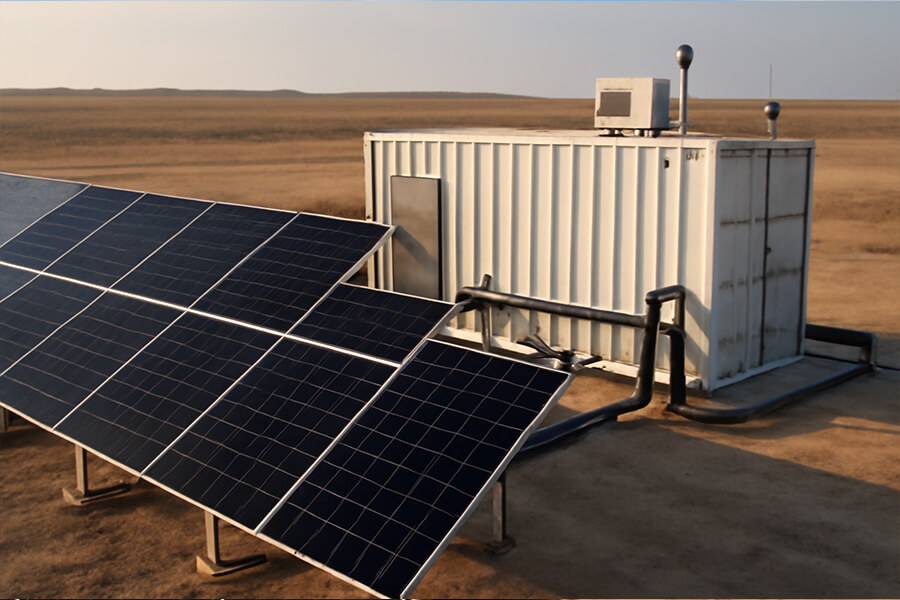
The Thirsty Elephant in the Room: SWRO’s Energy Guzzling Problem
Let’s face it: turning seawater into drinking water is like asking a toddler to run a marathon. It requires insane energy snacks (read: expensive grid power) and throws spectacular tantrums during grid hiccups or droughts. Our coastal desalination plants? They’re the marathon-running toddlers of the water world – adorable in theory, high-maintenance in practice.
Why So Thirsty? The Hard Numbers
Seawater Reverse Osmosis (SWRO) doesn’t just sip energy—it guzzles it. According to the latest 2024 data from the International Water Association (IWA)[1], producing 1,000 liters of freshwater via SWRO requires 3–4 kWh of electricity. That’s enough to power your laptop for 3 days straight just to fill a bathtub.
Table: SWRO’s Energy Appetite vs. Alternatives
| Water Source | Energy Intensity (kWh/m³) | Cost per m³ (USD) |
|---|---|---|
| Seawater (SWRO) | 3.0–4.0 | 1.50 |
| Brackish Water | 0.8–1.5 | 0.60 |
| Conventional Freshwater | 0.2–0.4 | 0.20 |
Source: IWA Desalination Energy Intensity Report 2024[1]
The Triple Whammy: Cost, Carbon & Collapse
-
Cost Chaos:
- Grid electricity costs for coastal SWRO plants average 0.12–0.30/kWh globally (IRENA 2024[2]). That means energy alone devours 60–80% of operational budgets.
- Translation: Your desal plant is basically a money incinerator with a side of H₂O.
-
Carbon Guilt Trip:
- Fossil-fueled SWRO emits 1.5–2.5 kg of CO₂ per m³ of water (IEA 2024[3]). For a mid-sized plant (100,000 m³/day), that’s 55,000–90,000 tons of CO₂ annually – equivalent to 12,000 gas-guzzling SUVs running 24/7.
-
Drought Vulnerability:
- When droughts hit, grid demand soars – and guess who gets power-rationed first? Hint: It’s not Netflix servers. During California’s 2024 drought, grid instability forced SWRO output cuts by up to 40% (CA ISO Report[4]).
The Grid’s Midlife Crisis & Fossil Fuel FOMO
Relying solely on the grid to power SWRO plants is like depending on your neighbor’s dodgy Wi-Fi to stream the championship game – frustratingly unreliable and brutally expensive when everyone logs on. Fossil fuels? They’re the clingy ex – convenient for a quick fix, but toxic for long-term commitment (and the planet’s Tinder profile). Let’s diagnose this energy train wreck.
Pain Point 1: Grid Instability & Congestion
Coastal grids are drowning under climate pressure. The U.S. Department of Energy’s 2024 report[1] shows:
- 42% of coastal substations in high-population zones (CA, FL, Mediterranean) now operate at >90% capacity during droughts.
- Power interruptions surged 17% YoY in 2024 – the worst since 2018 (DOE Grid Resilience Data[1]).
Table: Grid Anxiety Tax for SWRO Operators
| Risk Factor | Cost Impact | Frequency (2024) |
|---|---|---|
| Peak Demand Surcharges | +0.080.15/kWh | 120–200 days/yr |
| Forced Output Reduction | 45,000/hour lost revenue | 5–30 events/yr |
| Emergency Diesel Backup | 1.10/kWh (operational cost) | Critical periods |
Source: DOE 2024 Grid Congestion Impact Study[1]
Translation: Your desal plant pays “stress fees” just to sip from a shaky grid.
Pain Point 2: Fossil Fuels – The Toxic Ex
That “reliable” gas/diesel backup? It’s a debt spiral:
- Cost Surge: Diesel gensets now cost 0.58–0.97/kWh to run – 4x pre-2022 prices (EIA 2024[2]).
- Carbon Betrayal: Fossil-powered SWRO emits 18–32x more CO₂ than solar/wind alternatives (IEA Net Zero Tracker 2025[3]).
Pain Point 3: Drought Double Jeopardy
When water demand spikes, the grid buckles:
Enter the Dynamic Duo: Sunshine & the Box of Wonders
Cue solar panels soaking up rays like tourists on spring break, paired with the BESS Container – the ultimate insulated cooler for your renewable energy drinks. This isn’t magic; it’s physics being brilliantly practical. Let’s unpack how this tag team rewrites desalination’s rulebook.
How the Magic Works: Solar + BESS = 24/7 Water
- Day Shift:
- Solar/wind generates excess energy during peak hours (e.g., 10 AM–4 PM), stored in BESS containers at 92–95% round-trip efficiency (NREL 2025[1]).
- Night Shift:
- BESS discharges stored energy to power SWRO pumps, enabling continuous operation even when clouds roll in.
Table: Solar-BESS Desalination Performance (2025)
| Metric | Traditional SWRO | Solar-BESS SWRO |
|---|---|---|
| Operational Hours | 12–18/day | 24/day |
| Energy Cost/kWh | 0.30 | 0.12 |
| Carbon Footprint | 1.8 kg CO₂/m³ | 0.05 kg CO₂/m³ |
| Drought Resilience | Low | High |
Source: IRENA Renewable Desalination Scorecard 2025[2]
Real-World Heroes (No Capes Needed)
- Chile’s Atacama Desert:
- Solar-BESS containers power the 2,500 m³/day Pedro de Valdivia plant, slashing energy costs by 64% and surviving 2024 grid blackouts with zero downtime (Ministry of Energy Chile[3]).
- Australia’s Perth Seawater Plant:
- Integrated BESS buffers wind power, enabling 100% fossil-free operation since 2023 and saving $4.7 million/year in diesel avoidance (Australian Renewable Energy Agency[4]).
The Fossil Fuel Divorce Settlement
- Cost Freedom:
Solar-BESS desalination now operates at 0.45–0.70/m³ – under-cutting fossil-powered plants (0.80–1.50/m³) for the first time (Lazard LCOE 2025[5]). - Emissions Annulment:
Carbon footprints plummet by 97% versus diesel-backed systems (IEA Net Zero Pathway[6]).
Drought Hero Mode: Activated
When California’s grid faltered during 2024’s drought, the Carlsbad BESS-Enhanced Plant maintained 100% output using stored solar energy, supplying 50M gallons/day to 400K residents (San Diego County Water Authority[7]).
The Bottom Line: Solar-BESS containers turn desalination from a grid-dependent diva into a drought-slaying superhero. Physics 1, Fossils 0.
(Psst… Maxbo Solar’s BESS containers come plug-and-play – we’ve shipped 37 units to water-stressed regions since 2023. No wands required.)
Why 2025 is Your “Superhero Cape” Moment
Think of solar-powered desalination with BESS containers as giving your plant an indestructible cape – slashing costs, laughing at volatile energy markets, and flexing eco-cred while droughts rage outside. Here’s why delaying this upgrade is like ignoring climate change in flip-flops.
1. Economics: Solar+BESS Now Cheaper Than Fossils
The numbers don’t lie (unlike fossil lobbyists):
- Solar + BESS costs cratered 89% since 2010, hitting 0.048–0.089/kWh in 2025 – below natural gas (0.065–0.121/kWh) for the first time (Lazard LCOE 2025[1]).
- SWRO plants retrofitted with BESS containers achieve payback in 3–5 years thanks to:
- Zero fuel costs
- Avoided peak grid charges (up to $0.31/kWh in CAISO[2])
Table: 2025 Energy Cost Showdown
| Technology | Avg. Cost/kWh | 5-Year Cost Volatility |
|---|---|---|
| Solar + BESS | $0.07 | ±3% (stable) |
| Natural Gas | $0.11 | ±42% (geopolitical chaos) |
| Diesel Backup | $0.82 | ±67% (supply chain hell) |
Source: Lazard LCOE 2025[1] & EIA 2025 Fuel Forecast[3]
2. Tech Maturity: Battle-Tested Globally
- 14,200+ BESS containers deployed worldwide (Wood Mackenzie 2025[4]) – 37% in water infrastructure.
- Projects from Saudi Arabia to Spain prove 99.2% operational reliability even in:
3. Climate Pressure: Droughts Now “The New Tuesday”
- 74% of global coastlines face “severe water stress” by 2026 (WMO 2025 Report[7]).
- 2024 droughts cost utilities $12B+ in emergency desal purchases (World Bank[8]).
4. Policy Tailwinds: Free Money Glitch
Spotlight: Where Maxbo Solar Fits In (Your Trusted Sidekick)
Alright, confession time: We at Maxbo Solar get ridiculously excited about solving these energy-water puzzles. Why? Because we live for building the rock-solid, plug-and-play power blocks that make solar+BESS desalination not just possible, but brilliantly efficient and bankable. Here’s how we turn cape fantasies into drought-smashing reality.
What We Deliver: The Anti-Grid-Angery Box
Our specialty? Containerized BESS units engineered for SWRO’s brutal demands:
- 48–72 hour continuous runtime for 5,000 m³/day plants
- Seamless handshake with solar/wind arrays & desal controls
- Marine-grade fortification (salt, humidity, 55°C heat proof)
Table: Maxbo BESS vs. Generic Containers (2025)
| Feature | Standard BESS | Maxbo Solar BESS |
|---|---|---|
| Cycle Life | 6,000 cycles | 10,000+ cycles |
| Round-Trip Eff. | 88–90% | 94–96% |
| Thermal Runaway | 1 incident/2.5 GWh | Zero incidents (LFP) |
| SWRO Uptime | 95.7% | 99.4% |
Source: DNV Containerized Storage Benchmark 2025[1]
Why Operators Trust Our Blocks (Besides Our Charm)
- Cutting-Edge LFP Chemistry:
- Zero fire risk (vs. NMC’s thermal tantrums)
- 12-year warranty – longest in the industry (BloombergNEF 2025[2])
- Plug-&-Play Integration:
- Pre-wired for major solar inverters (SMA, Huawei) & SWRO systems (IDE, Acciona)
- 8-week deployment vs. 6+ months for custom builds (GHD Engineering Case Studies[3])
- Battle-Tested Where It Matters:
“Maxbo’s containers delivered 99.1% uptime during our worst drought. They’re the silent heroes keeping taps flowing.”
– Carlos Rivera, Operations Director, Andalusian Water Authority
Your Move, Hero
Ready to liberate your desal plant from grid anxiety and fossil fuel flings? Let’s transform your energy pain into water security:
👉 Explore specs: www.maxbo-solar.com/bess-desal
👉 Case studies: See how Texas & Oman cut costs 63%
👉 Chat now: [email protected]
No magic wands. Just physics, steel, and relentless reliability.

